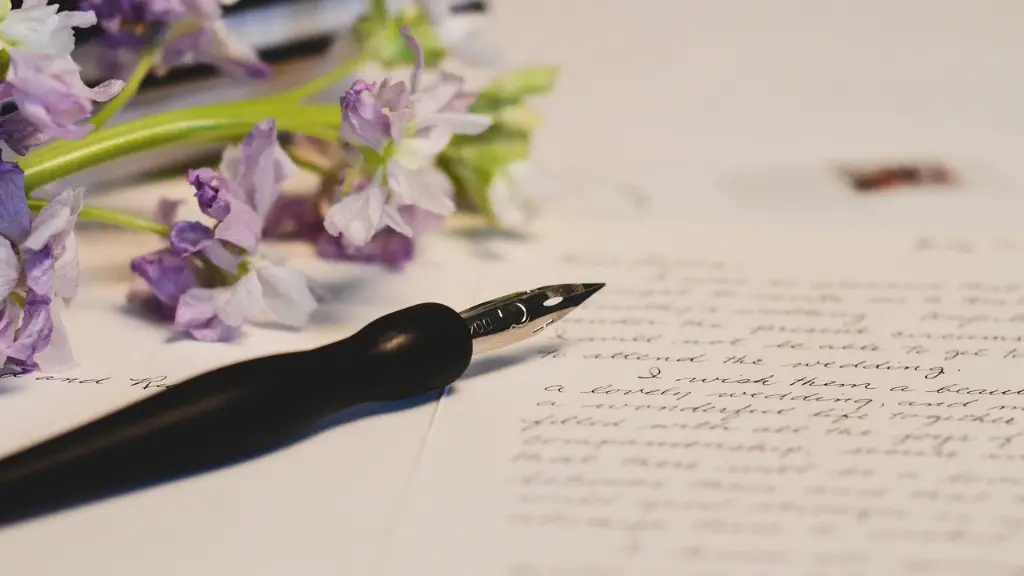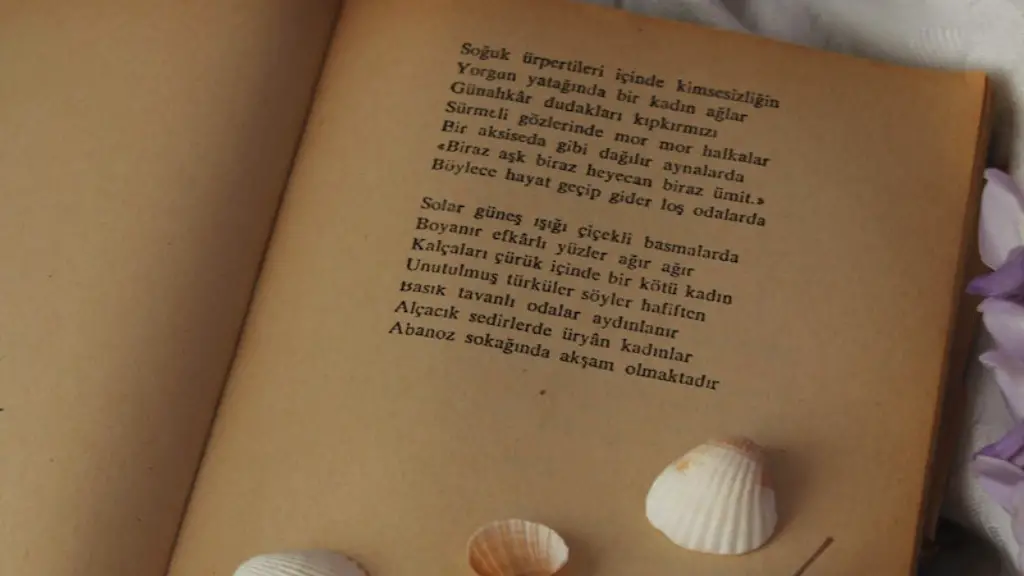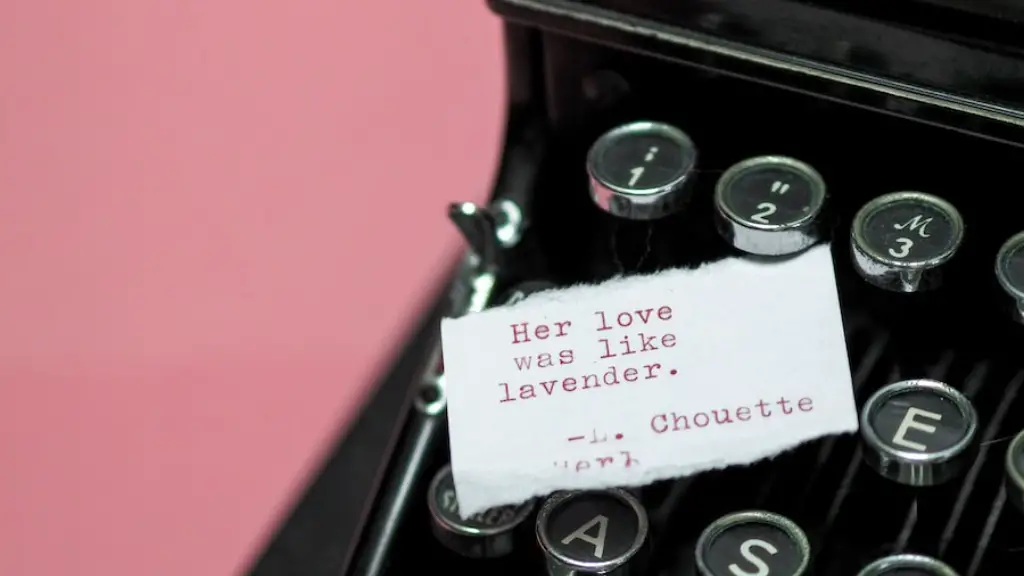Overview of Form in Poetry
Form in poetry is a type of literature in which the words and sentences are composed in a specific set of rules. It is a formal, structured way of writing poetry. The most common forms of poetry are sonnets, villanelles, haiku and sestinas, but there are many other types of form and variations on them. Form in poetry can be used to create a unique experience or evoke a certain emotion in the reader. It can also be used to convey a particular meaning or message. Additionally, form can also be used to create a feeling of rhythm or cadence.
Form in poetry can be divided into two categories: traditional and contemporary. Traditional forms of poetry use strict rules and structures to create the poem. Sonnets, for example, consist of 14 lines typically written in iambic pentameter, and have a specific rhyme scheme. Contemporary forms of poetry, on the other hand, are more flexible and often use free verse, where meter and rhyme are largely disregarded.
Forms in poetry can also be further divided into two subcategories, closed and open. In a closed form of poetry, the poet follows a strict, predefined set of rules to create the poem. Most traditional forms, such as sonnets, villanelles, and sestinas, are considered closed forms. An open form of poetry, on the other hand, has few or no rules. Free verse is an example of an open form.
Form in poetry is an important part of the craft. It allows writers to create a unique and powerful experience for the reader. Different uses of form can have a profound impact on the work, and a well constructed poem can be enjoyable for both reader and writer.
Types of Form in Poetry
Form in poetry can take many different forms. Below is a list of the most commonly used forms of poetry and a brief description of what they entail.
The Sonnet is generally considered the most popular and widely used form of poetry. It is made up of 14 lines written in iambic pentameter, and typically follows a specific rhyme scheme. The structure is fixed and rigid, but can still be used to convey a variety of emotions.
The Villanelle is a 19-line poem consisting of five three-line stanzas followed by a quatrain with a strict rhyme scheme. The two opening lines are repeated throughout the poem, often at the end of each stanza. Villanelles are usually serious and somber in tone.
The Haiku is a short, three line poem with a specific structure. The first and third lines have five syllables, and the second line has seven. Haikus often focus on nature or other aspects of the physical world.
The Sestina is a complex poem consisting of 39 lines divided into six stanzas. It follows a strict pattern in which the same six words are repeated throughout the poem in a specific order. Sestinas are often poetic explorations of a single event or emotion.
The Limerick is a light-hearted form of poetry, consisting of five lines. It has a specific rhyme scheme, and typically explores a humorous or bawdy subject matter. Limericks are often used as a playful way to entertain.
Free verse is a form of poetry that uses few or no rules. It is characterized by a lack of meter and rhyme and can take many forms. Free verse is often used to convey a message or emotion more efficiently than a more traditional form.
History of Form in Poetry
The use of form in poetry dates back to ancient times. From the earliest civilizations, poets have been exploring the use of language to evoke and convey emotions. Early forms, such as the aeolic and elionic, have been found in ancient Greek and Roman texts. Over time, these forms evolved and new forms of poetry were invented. During the medieval and Renaissance periods, more formal forms of writing began to emerge, such as sonnets, villanelles, and sestinas. The use of form in poetry has continued to evolve, and today many poets choose to experiment with different forms to create their own unique works.
Uses of Form in Poetry
Form in poetry can be used in a variety of ways. It can be used to create a sense of structure and order, or to evoke a particular emotion or feeling. It can also be used to explore new ideas or convey a message. Additionally, form can be used to create a sense of rhythm and rhyme that can add depth and complexity to a poem. Whatever the purpose, form can be used to create a powerful and unique experience for the reader.
Conclusion
Form in poetry is an important part of the craft. It allows writers to explore new ideas, evoke emotion, and convey meaning. Different types of form can be used to create a powerful experience for the reader. Whether used in a traditional or contemporary way, form can be used to greatly enhance any work of poetry.



